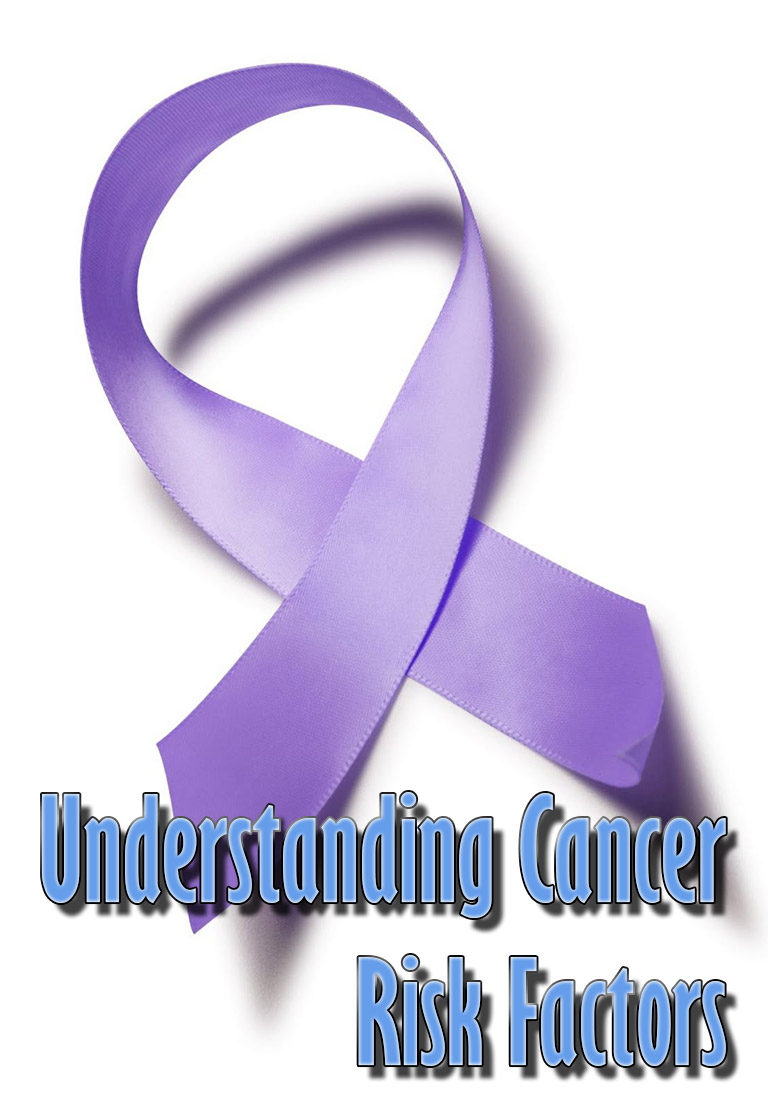
Whether or not a person develops cancer during his or her lifetime is influenced by a number of factors, including genetics, the environment, lifestyle and aging. While some of these cancer risk factors are easier to control than others, understanding your personal risk can help you take preventative action, whether that means talking to your doctor about genetic testing, or simply making healthful changes to your diet.
Genetic risk factors for cancer
Our genes make us who we are. Genes are sequences of DNA that tell each of our cells what to do by providing the instructions to make specific proteins. Mutations in genes that are inherited from our parents can predispose people to cancer.
Diseases related to just one gene are rare. Normally, it takes changes in both copies of a gene to affect the way the gene is supposed to function. People with a mutation, or DNA change, in one copy of one of these genes have a higher risk of getting cancer because they are starting with only one healthy copy of the gene.
Some of the most well-known inherited mutations that predispose a person to cancer involve the BRCA1 and BRCA2 genes. The lifetime breast cancer risk for a carrier of a BRCA mutation is between 45 and 65 percent. In the general population, the lifetime breast cancer rate is 12 percent. Other inherited genetic mutations have been linked to elevated risks of specific cancers as well.
Inherited gene mutations play a major role in 5 to 10 percent of all cancers.
Other cancer risk factors
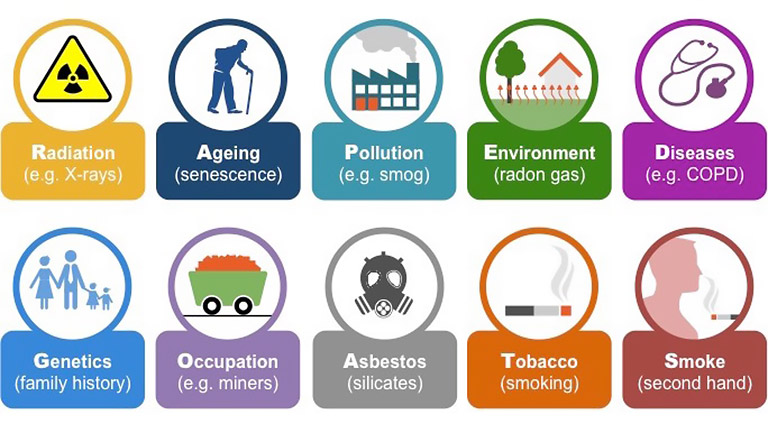
The process of living exposes us to many factors that can damage our cellular DNA. When the damage affects the production of proteins that regulate cell growth and division, or repair damaged DNA, cancer can occur. The affected cells essentially “lose the brakes” – without these proteins, damaged cells survive and keep dividing, resulting in the rapid, uncontrolled cell growth of cancer. Moreover, because these mutated cells are more fragile than healthy cells, pieces of them are prone to breaking off and traveling elsewhere in the body, causing metastasis, or the spread of the cancer. Some of the other factors that can harm our DNA and increase the risk of cancer include:
- Environment: DNA changes can result from exposure to environmental factors like tobacco smoke and ultraviolet radiation.
- Diet: Your diet can affect your cancer risk. Numerous foods, including red and processed meats, have been linked to the development of certain cancers. Vegetables, especially colorful ones, are high in dietary fiber and antioxidants which helps prevent cancer.
- Alcohol: Drinking alcohol can raise your cancer risk. The risk increases with the amount of alcohol you consume.
- Exercise: Exercise is important too. According to the American Cancer Society, maintaining a healthy weight is one of the most important ways to protect yourself from cancer.
- Aging: Aging is the most significant risk factor for developing cancer. Aging is accompanied by numerous biologic changes, including the shortening of our telomeres. Telomeres are segments of DNA at each end of our chromosomes that help protect us from random changes in our DNA. Each time a cell divides, the telomeres get shorter, a process linked to aging and cancer.
What steps can I take to reduce my cancer risk?
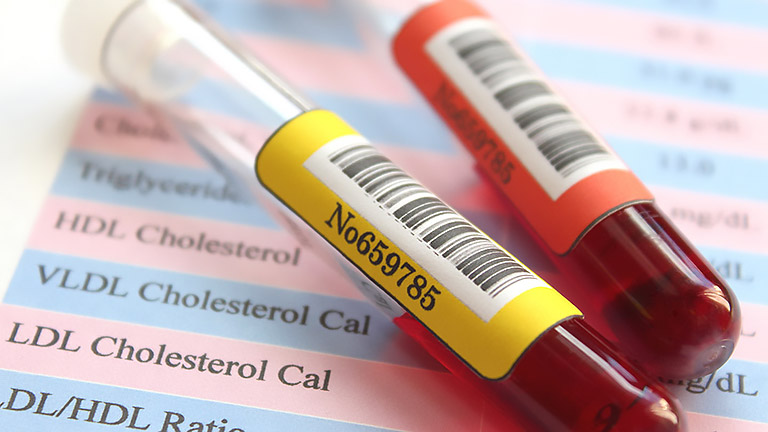
If you have family history of cancer, or a known genetic mutation linked to cancer, genetic counseling and testing can help assess your risk. Then, based upon results (positive or negative for mutations), you and your doctor can tailor a cancer prevention plan.
And remember, there are simple things everyone can do to get and stay healthy and lower their risk of cancer, including eating the right foods, getting enough exercise, avoiding tobacco and limiting exposure to the sun’s harmful ultraviolet rays.
The information on this site is not intended or implied to be a substitute for professional medical advice, diagnosis or treatment. All content, including text,graphics,images and information, contained on or available through this web site is for general information purposes only.


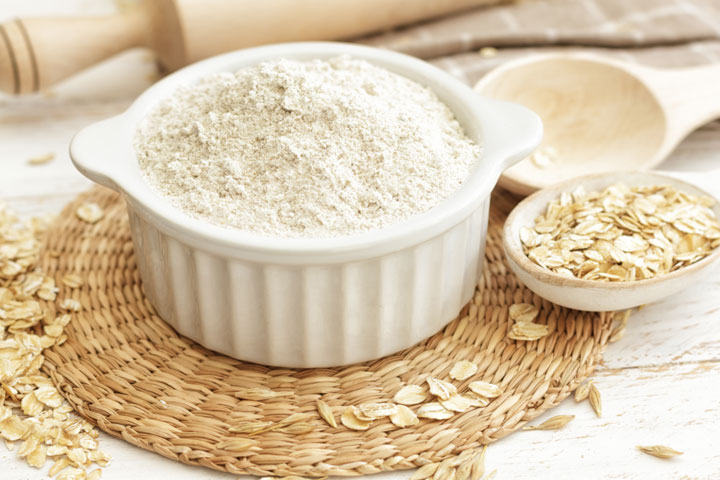
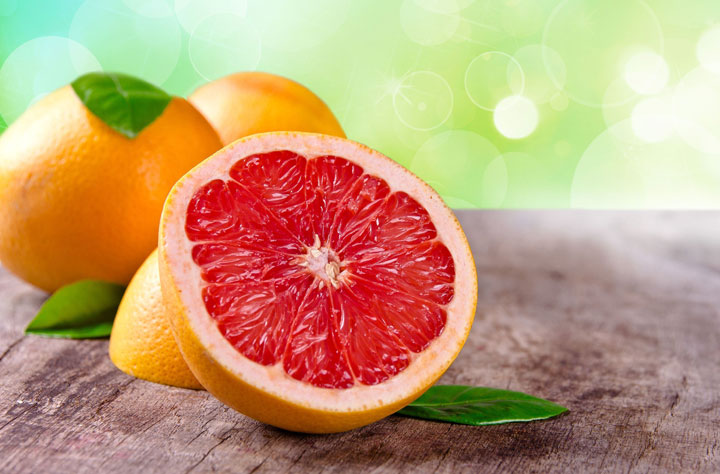

Leave a Reply